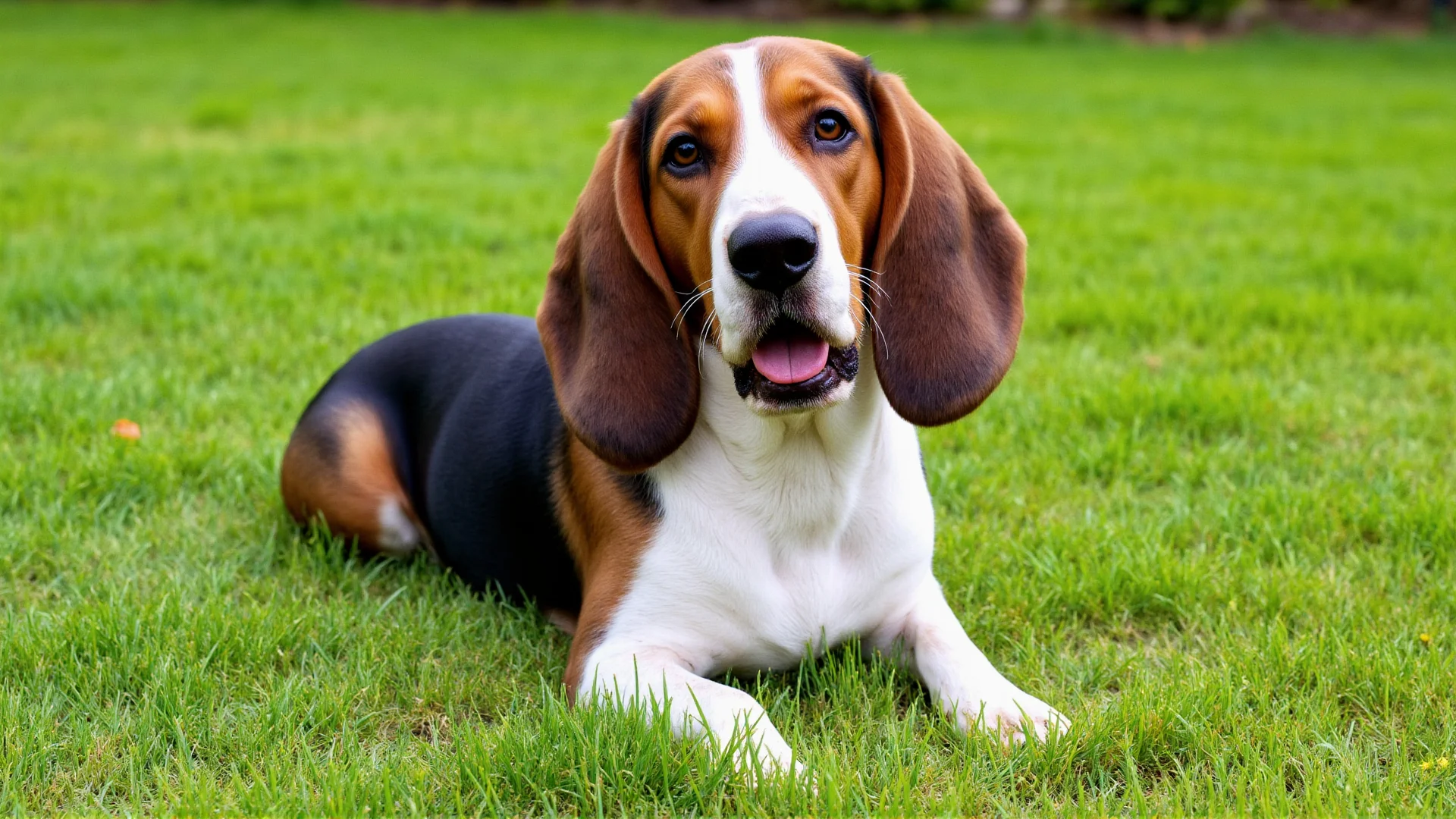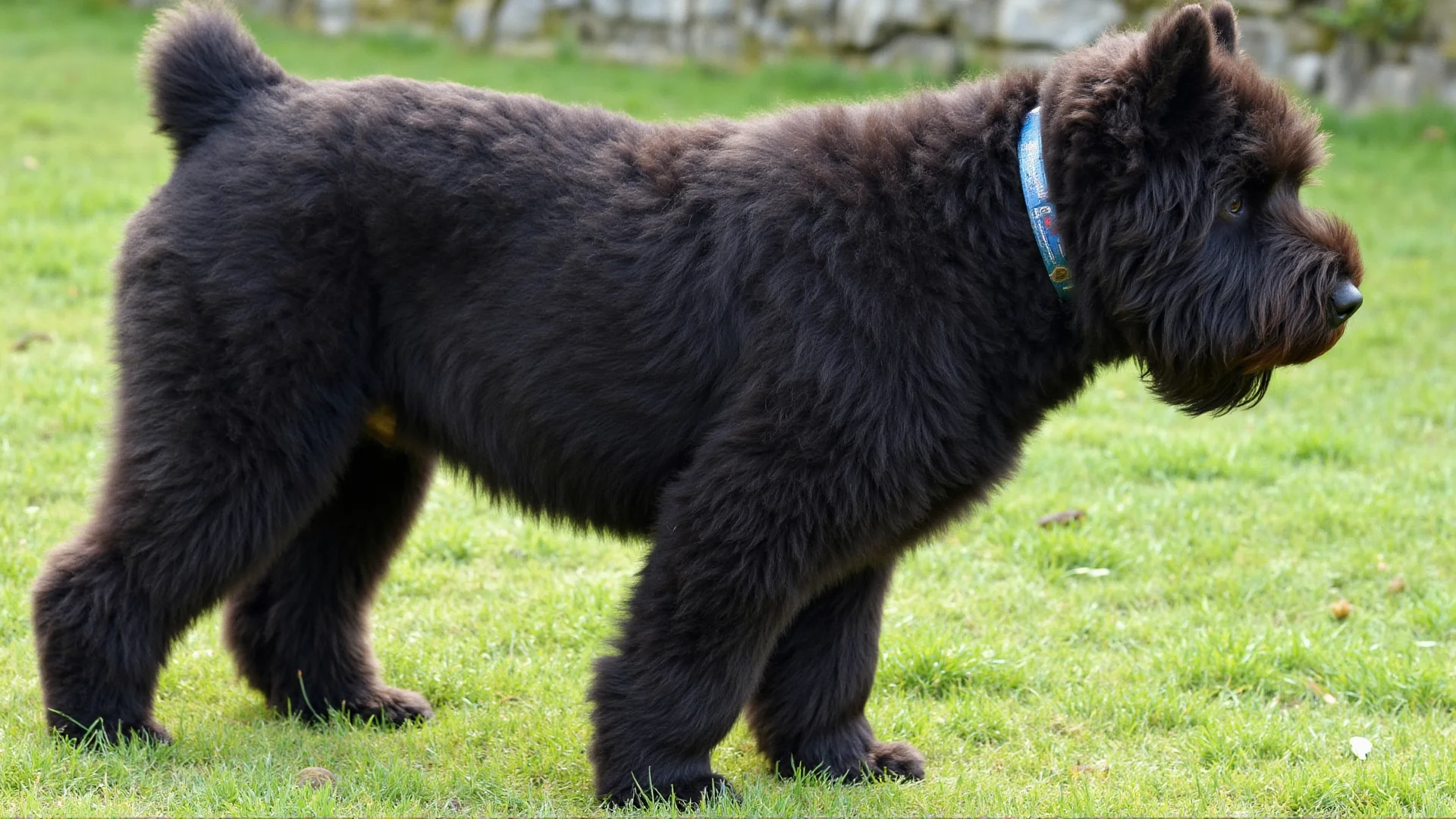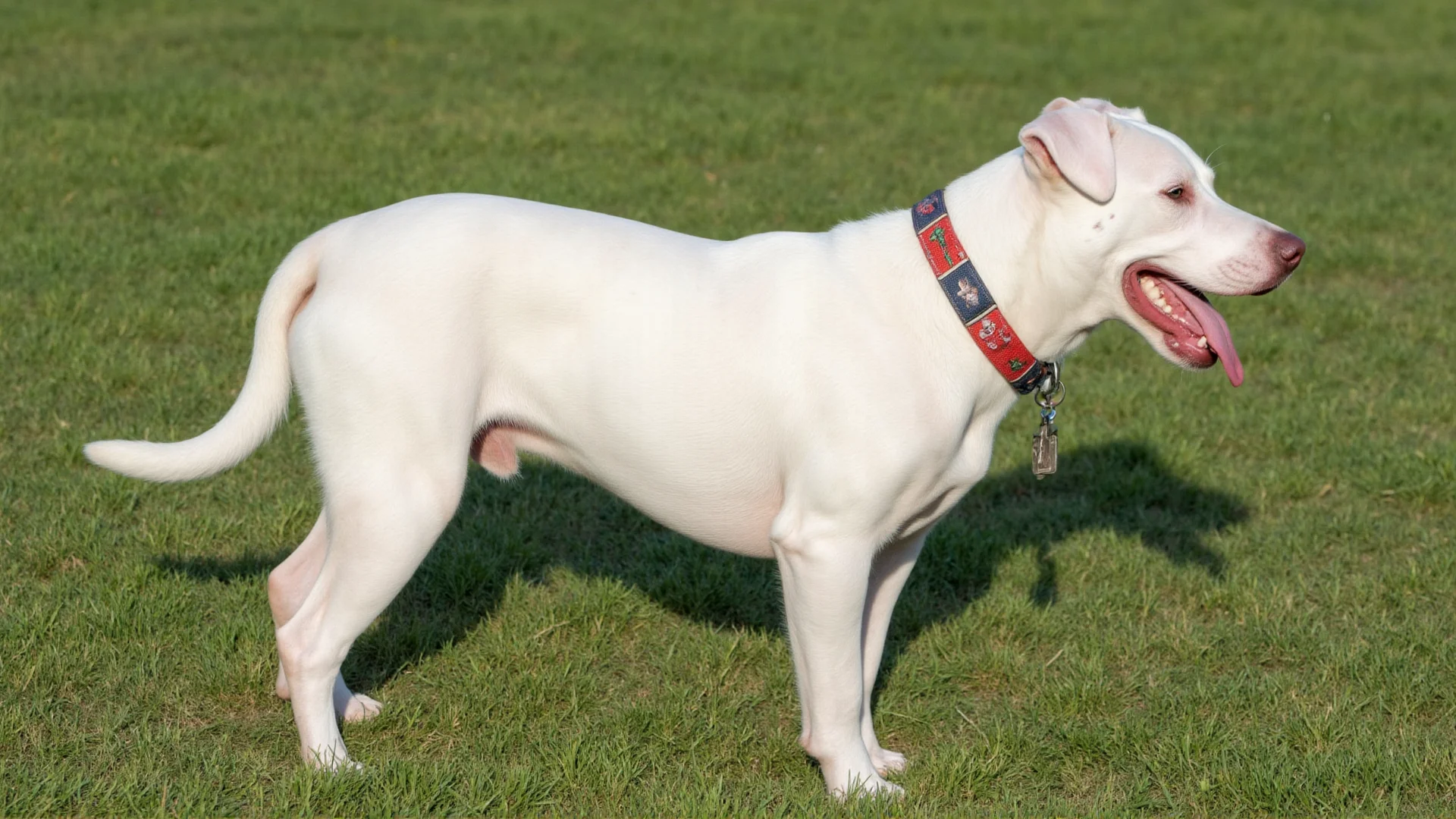The Basset Hound: From French Hunting Fields to Family Hearth
Discover the fascinating hunting heritage of the Basset Hound and how these low-slung scent hounds transitioned from skilled hunting companions to beloved family pets while retaining their remarkable tracking abilities.
Origins in the French Countryside
The Basset Hound's story begins in 16th-century France, where monks at the Abbey of St. Hubert developed these distinctive low-riding hounds for a very specific purpose. The word "basset" comes from the French word "bas," meaning low, perfectly describing these dogs' most notable physical characteristic.
Unlike their taller hunting counterparts, Basset Hounds were bred to hunt on foot rather than horseback. Their short legs and sturdy build made them ideal companions for hunters who preferred to track game at a walking pace, allowing for a more methodical and accessible form of hunting that didn't require expensive horses or extensive riding skills.
Master Scent Hounds: Built for the Hunt
Every aspect of the Basset Hound's anatomy reflects their hunting heritage. Their incredibly long ears aren't just adorable—they serve a crucial function in their scenting ability. As these ears drag along the ground, they help sweep scent particles toward the dog's nose, creating a more concentrated scent trail.
Physical Adaptations for Hunting
- Low-set body: Allows them to follow scent trails close to the ground
- Powerful nose: Second only to the Bloodhound in scenting ability
- Sturdy build: Provides endurance for long tracking sessions
- Distinctive bay: Their deep, melodious howl helps hunters locate them in thick cover
The Basset Hound's nose contains over 220 million scent receptors—compared to humans' mere 5 million. This extraordinary scenting ability made them invaluable for tracking small game like rabbits and hares through dense French forests and countryside.
Hunting Techniques and Pack Behavior
Traditionally, Basset Hounds worked in packs, using their collective scenting power and distinctive voices to track and corner prey. Their hunting style was methodical rather than fast-paced, perfectly suited to hunters who wanted to enjoy a leisurely day in the field.
Unlike sight hounds that rely on speed and vision, Basset Hounds are persistence hunters. They would slowly but surely follow a scent trail, often for hours, never giving up once they caught the scent of their quarry. This tenacious nature remains evident in modern Basset Hounds, who can become completely absorbed when following an interesting smell during walks.
The Art of the Trail
Basset Hounds possess an almost supernatural ability to distinguish between fresh and old scent trails. Experienced hunting Bassets could follow trails that were hours or even days old, demonstrating a level of scent discrimination that amazed even seasoned hunters. This skill required not just physical ability but also intelligence and problem-solving capabilities that many people underestimate in these seemingly laid-back dogs.
From Working Dog to Family Companion
While many Basset Hounds today spend their days lounging on sofas rather than tracking through forests, their hunting instincts remain strong. Modern owners often notice their Basset's tendency to follow scent trails obsessively during walks, sometimes becoming so focused that they seem to forget their surroundings entirely.
This transition from working dog to family pet hasn't diminished their natural abilities. Many Basset Hounds excel in modern scent work activities, tracking competitions, and search and rescue operations. Their gentle temperament, developed through centuries of working closely with humans, makes them excellent family dogs while retaining their remarkable hunting heritage.
Channeling Natural Instincts
Smart Basset Hound owners learn to work with, rather than against, their dog's hunting instincts. Providing appropriate outlets for these natural behaviors—such as nose work games, tracking activities, or even simple backyard scent hunts—keeps these dogs mentally stimulated and happy.
The Modern Basset: Honoring the Heritage
Today's Basset Hound owners can appreciate both the breed's hunting legacy and their qualities as companion animals. Understanding this heritage helps explain many typical Basset behaviors: their tendency to howl (especially when left alone), their stubborn streak when following a scent, and their generally calm but determined demeanor.
For those interested in connecting with their Basset's hunting heritage, activities like tracking trials, nose work classes, or even organized rabbit hunting (where legal and appropriate) can provide excellent outlets for these natural instincts while strengthening the bond between dog and owner.
"A Basset Hound's nose knows no boundaries—once they catch a scent, they become living, breathing tracking machines with an unwavering sense of purpose."
Caring for Your Hunting Heritage Hound
Understanding your Basset Hound's hunting background can significantly improve your care approach. These dogs were bred for endurance rather than speed, requiring moderate but consistent exercise. A tired Basset is a well-behaved Basset, and mental stimulation through scent work can be just as tiring as physical exercise.
Their pack-oriented hunting history also explains their social nature and potential for separation anxiety. Basset Hounds are happiest when they're part of the family "pack" and may become vocal or destructive when left alone for extended periods.




